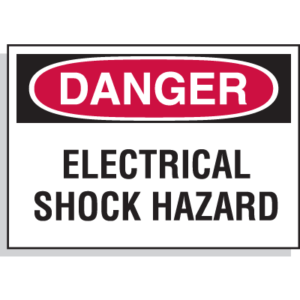 Singapore – MW Group faces a $200,000 fine resulting from a fatal workplace electrocution. Singapore’s Ministry of Manpower has ruled that a professional Arc Flash Risk Assessment and safe work procedures could have prevented the 2013 fatal electrocution of a worker at the MW Group Pte Ltd’s Pantech Business Hub.
Singapore – MW Group faces a $200,000 fine resulting from a fatal workplace electrocution. Singapore’s Ministry of Manpower has ruled that a professional Arc Flash Risk Assessment and safe work procedures could have prevented the 2013 fatal electrocution of a worker at the MW Group Pte Ltd’s Pantech Business Hub.
Following a five day trial, MW Group Pte Ltd was convicted for workplace safety and health lapses. The director of the local Occupational Safety and Health Inspectorate stated that the employer knew that the technicians were exposed to the risk of electrocution, yet MW Group failed to provide workers with a step-by-step guide on how to do the job safely.
On the day of the electrocution, a MW Group employee was asked to test and calibrate the ARS machine. The worker held a high voltage probe to test the ARS from 2kV to 12kV and during the test he fell backwards and became unconscious. He died later that day, with the cause of death certified as electrocution.
MW Group, an equipment calibration and testing company, is being fined for failing to conduct a specific risk assessment and establish safe work procedures for the calibration and testing of an arc reflection system (ARS) machine. Safety investigations revealed that although MW Group had conducted a generic risk assessment for electrical testing prior to the accident and electrocution was identified as the only hazard, no control measures were put in place.
Being able to have access to some quality management software can help employers to effectively manage any potential hazards in their business to ensure that accidents like this don’t occur again. It can help to perform audits, inspections, and assessments to help control findings. This software may be able to limit anyone else getting injured like this again.
Ultimately, there is no denying that putting emergency planning measures into place is the only way to prevent future disasters similar to the event described above. Moreover, Emergency planning and response efforts enable workers to discover unrecognized hazardous conditions that can aggravate an emergency situation so that work can be carried out to eliminate them.
Additionally, the planning process may bring to light deficiencies, such as the lack of resources (equipment, trained personnel, supplies), or items that can be corrected before an emergency occurs. In short, an emergency plan promotes safety awareness and shows that an organization is committed to the safety of all workers.
The Energy Market Authority, in its investigations into the accident, concluded that no proper test fixtures were set up before the start of the high voltage calibration works. Additionally, it was determined that the worker did not maintain a safe working distance of approximately 1.5m from the “live” terminals.
The Ministry of Manpower stated that as the DC output voltage level of the ARS gradually increased, this difference between the worker’s body and the probe to test the ARS he was holding resulted in a flashover, or arc flash – a dangerous type of electrical explosion.
Singapore’s director of occupational safety and health inspectorate said that “The employer knew that the technicians were exposed to the risk of electrocution…yet failed to provide the technicians with a step-by-step guide on how to do the job safely.”
Read more from original source.
We are here to help you.